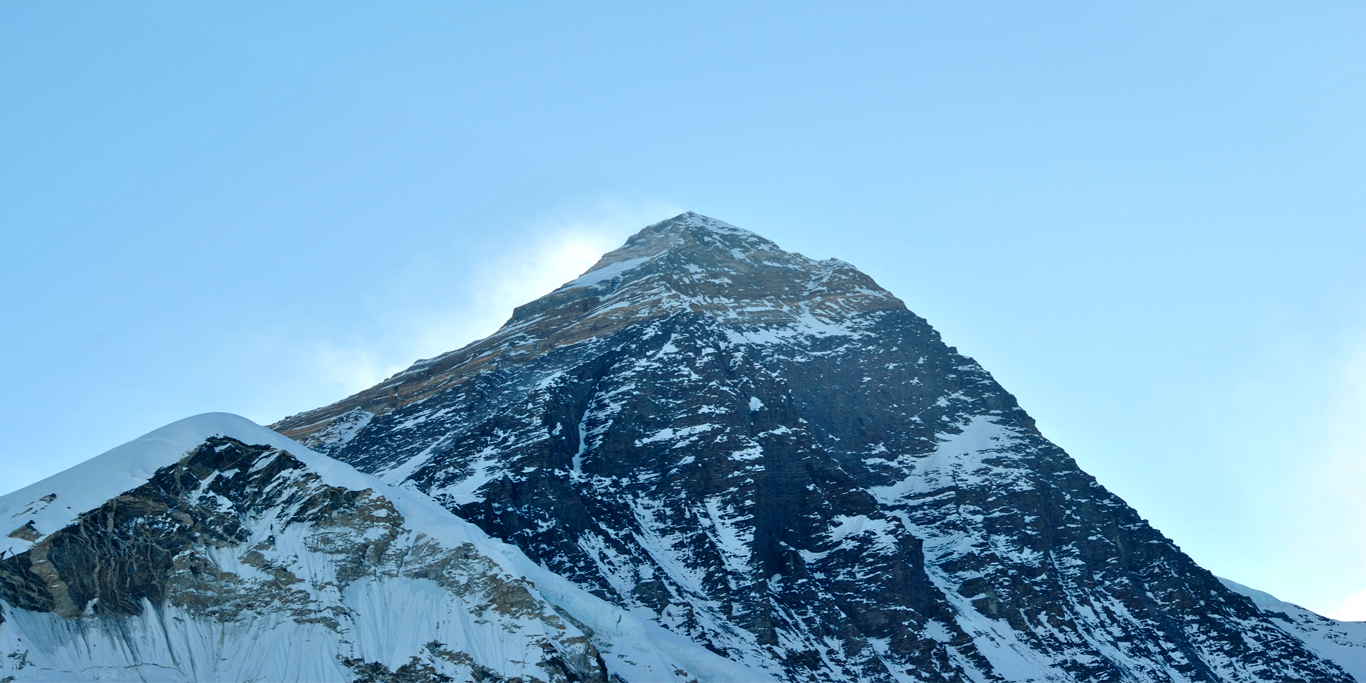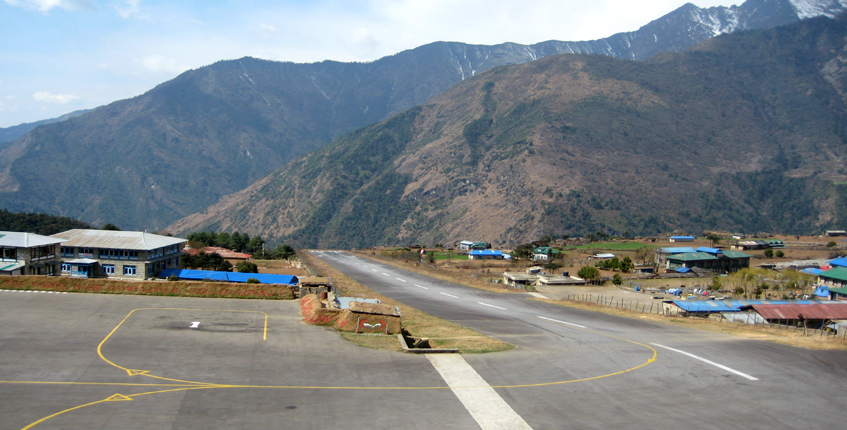Highlights of Everest View Trek with Itinerary and Climatic Condition
August 5, 2024 admin

Everest View Trek is the perfect destination for mindfulness, tuning self with nature. Here you witness nature at its best. How? It is the single site which exposes the beauty of the Himalayas with the cultural aroma. Yes, the Sherpa culture experienced in this trek makes you content. Due to aforementioned reason, if there is second thing in life other than contentment then it is Everest View Trekking.
The trail you pass through everyday makes you more human as the spirit of Buddhism is abundant in the air of Everest View Trek. The sight of Tawache, Everest, Nuptse, Lhotse, Ama Dablam, and Thamserku not just connects you with nature but gradually opens the petal of mindfulness in you.
The Tengboche Monastery also known as Dawa Choling Gompa originally built in 1916 is the center of attraction for tourists. There is a Yeti skull and statue of Buddha in the monastery. Sherpa people celebrate Mani Rimdu festival at Tengboche Monastery in Tengboche.
The festival falls in between October and November of English calendar. The festival lasts for 19 days. Series of ceremonies are carried out during the festival including meditation. Here you get a true chance to learn meditation and its techniques which will surely change your perception to life.
The real beauty of Everest Trekking is that it gives birth to ‘new you’ from within.
Highlights of Everest View Trek
- A kind of summary of entire Khumbu (Sagarmatha) region trekking
- Witness Tawache, Everest, Nuptse, Lhotse, Ama Dablam, and Thamserku from Tengboche which is the highest point of the trek, 3870m
- Feel like showering in the natural beauty
- Observe and learn Sherpa culture
- Opportunity to observe Yeti skull at the largest monastery of Khumbu region, Tengboche Monastery
- Easy trail makes the destination perfect for all age group especially, senior citizens and family with children
- Least chances of being arrested by altitude sickness
- Witness more than 170 and 30 species of birds and mammals, respectively
- It is a kind of preparation or training trek before experiencing other challenging treks of Nepal
- The best way to utilize small sized holiday
- From health perspective, lose around 3-8 lbs
Everest View Trek Itinerary
Day 01: Arrival in Kathmandu (1,350m)
Day 02: Kathmandu Sightseeing
Day 03: Flight to Lukla/Trek to Phakding (2,651m) around 4 hours trek
Day 04: Phakding to Namche Bazaar (3,438m) around 6 hours trek
Day 05: Acclimatization at Namche Bazaar (3,438m)
Day 06: Namche Bazaar to Khumjung (3,810 m) around 4 hours trek
Day 07: Khumjung to Tengboche (3,870m) around 5 hours trek
Day 08: Tengboche to Kyangjuma (3,570m) around 5 hours trek
Day 09: Kyangjuma to Monjo (2,840m) around 5 hours trek
Day 10: Monjo to Lukla— around 6 hours trek
Day 11: Flight to Kathmandu
Day 12: Final departure
Climatic Condition you experience at Everest View Trek
While on Everest View Trek you pass through Lukla, Phakding, Namche Bazaar, Khumjung, Tengboche, Kyangjuma and Monjo respectively.
For your easiness, here below we will unfold the climatic condition of each place one by one so that you can prepare accordingly and make up your mind for the trek without any doubt.
Lukla:

Lukla welcomes you with its warm and temperate climate. The average temperature here is 9.6 °C with an average of 1838mm rainfall. December is the driest month whereas July records highest rainfall.
Similarly, July is the warmest month with an average of 14.7 °C and January being the coldest month with an average of 2.8 °C.
Phakding:
Phakding has a warm and temperate climate. But, average rainfall here is 2011mm which is 173mm more than that of Lukla. The average temperature of this area is 10.7 °C. December is the driest month and July receives a greater amount of precipitation.
Moreover, Phakding witnesses July as the warmest month where mercury level averages 15.6 °C. Similarly, January is the coldest month of the year when the level of mercury goes down to 3.9 °C on average.
Namche Bazaar:
The average temperature and rainfall of Namche Bazaar is 6.1 °C and 1110mm, respectively throughout the calendar. Least rainfall is recorded in the month of November whereas highest is in July.
On average, temperature goes up to 11.7 °C in the month of July whereas it lowers down to an average of -0.8 °C in January.
Khumjung:
The climatic condition of Khumjung is tundra where the average temperature is 4.4 °C annually. Also, average rainfall in this part of the Khumbu region is 861mm. Just like Namche Bazaar, November is marked as driest month and July receives a greater amount of rainfall.
July is the warmest month of Khumjung. The month records average temperature of 9.8 °C. Similarly, January is regarded as the coldest month when the temperature goes down to -2.4 °C on average.
Tengboche:
High Himalayan ranges surround Tengboche and due to this, the climatic condition here varies from temperate to arctic.Tengboche itself lies in the hidden Khumbu Valley. Additionally, the wall of the Himalayas here rims the valley, protecting the area from the worst extreme climatic conditions. Consequently, it is a rain-shaded area with low rainfall and reduced cold winds. In comparison to other sites in the Khumbu region, snowfall is also less here.
During the trek to Everest, you will experience warm and temperate climate. The average temperature of Tengboche is 4.6 °C and 891mm rainfall annually. November is the driest month and July receives a greater amount of rainfall.
Similarly, July is the warmest and January is the coldest month of the year recording 10.1 °C and -2.2 °C temperature on average, respectively.
Kyangjuma:
The climatic condition of Kyangjuma is mild and pleasant. The site records an average of 5.1 °C temperature on average throughout the year. Rainfall is 934mm annually. Moreover, July and November are the months of highest and lowest rainfalls.
The hottest month of the year is July, while January is the coldest. On average, the mercury level rises to 10.6°C in July. In contrast, it drops to -1.7°C in January.
Monjo:
Warm and temperate is the climatic condition of Monjo. The site records an average of 9.4 °C temperature in a year. Average rainfall here throughout the calendar is 1770mm. December is the driest month whereas July is the month of heavy rainfall.
August is the warmest month of the year when the average temperature is 14.6 °C. Similarly, January records the lowest temperature of 2.6 °C on average.
Cost of Everest View Trek (All prices are in USD)
For single – $1050
For a group of 2 to 4 – $850/head
For a group of 5 to10 – $750/head
Above 10 – $650/head











